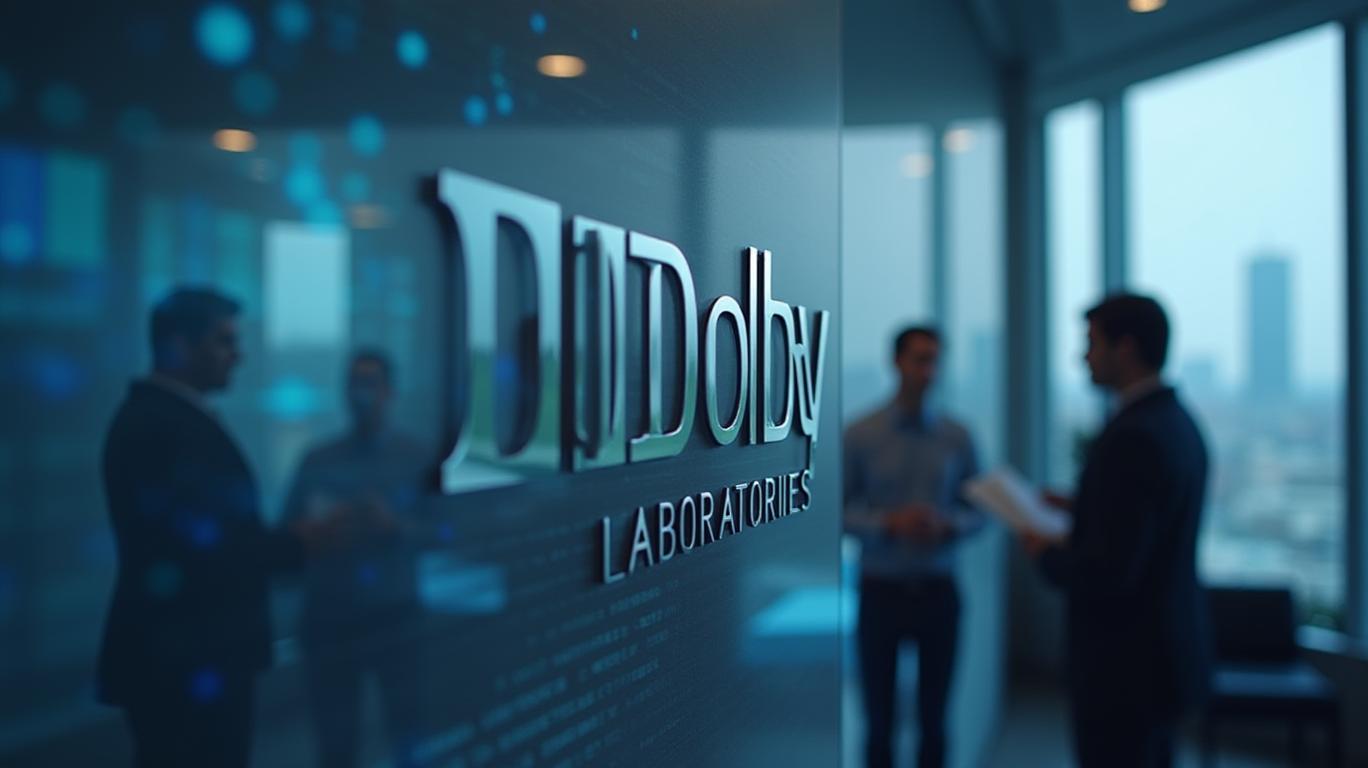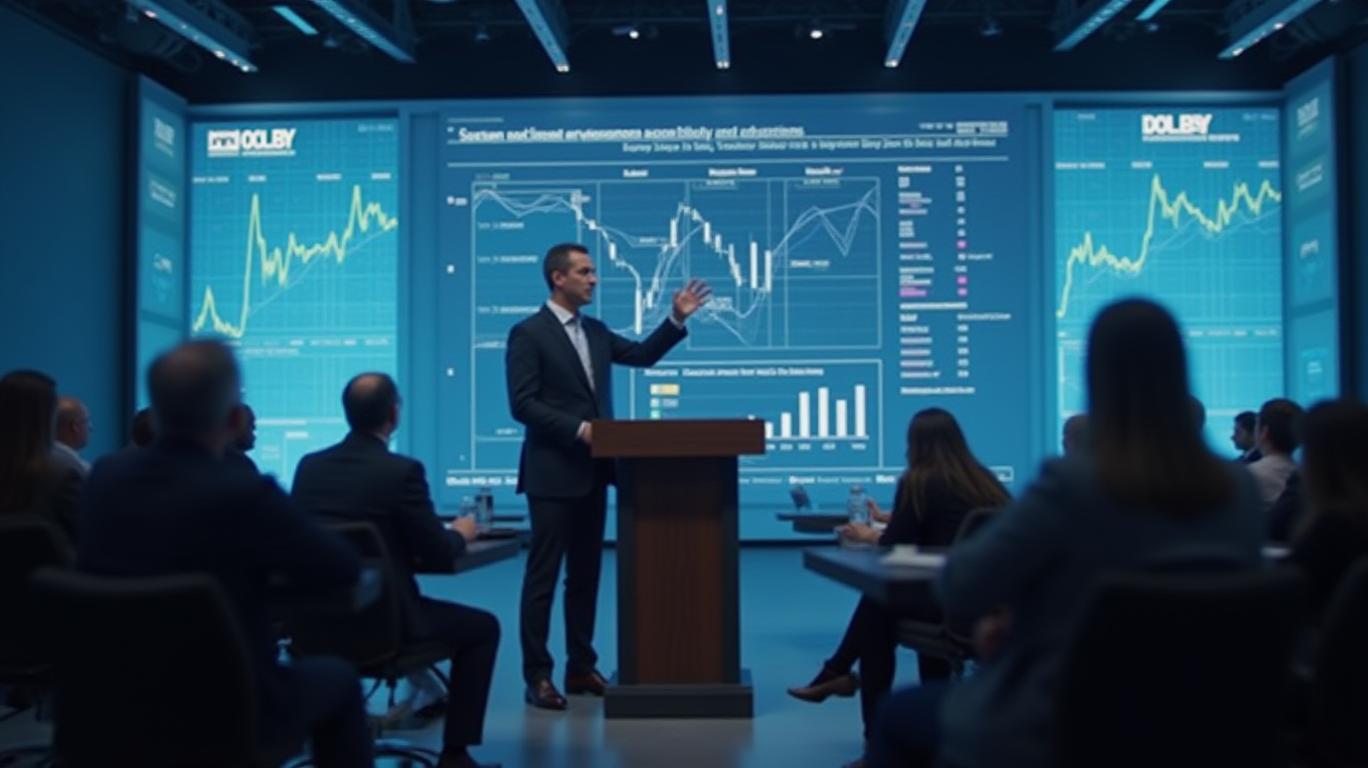Dolby Laboratories' Buyback Program Holds Steady Amid Caution: What Investors Should Know
Dolby Laboratories (DLB) has long been a bellwether for audio and imaging technology, but its recent shareholder returns strategy is now under the spotlight. With $352 million remaining under its buyback program as of Q2 2025, the company continues to balance aggressive capital returns with financial discipline. This analysis explores what the buyback update means for investors, the broader context of Dolby’s financial health, and the risks lurking in a volatile economic landscape.

The Buyback Update: A Steady Hand in Uncertain Times
Dolby’s Q2 2025 earnings report revealed a $35 million stock repurchase during the quarter, leaving $352 million available under its existing authorization. This marks a continuation of its shareholder-friendly approach, which also includes a 10% dividend hike to $0.33 per share. While the repurchase pace is measured—just under $150 million in total buybacks over the past year—the remaining capacity suggests the program has legs. However, management’s emphasis on “financial discipline” hints at caution.
Financial Fortitude or Defensive Posturing?
The company’s cash reserves are a key pillar of its strategy. With $1.07 billion in cash and investments, Dolby is in a strong liquidity position. This cash hoard, combined with its dividend increases, underscores management’s confidence in sustaining returns even as macroeconomic clouds gather. Yet the lack of explicit guidance on future buybacks—despite the remaining $352 million—raises questions. CFO Robert Park’s focus on “navigating potential economic challenges” suggests that capital allocation could pivot if conditions sour.
Historical Trends and Strategic Priorities
Dolby’s buyback history reveals a consistent, if not aggressive, approach. Since 2020, the company has spent roughly $600 million on repurchases while growing its dividend from $1.00 to $1.32 annually per share. This dual focus aligns with its mission to maximize shareholder value without overextending. The remaining $352 million authorization could support another $100–150 million in repurchases over the next year or two, depending on stock price and market conditions.
Risks and Considerations
The company’s cautious tone is not unwarranted. While Dolby’s licensing model insulates it from some economic volatility, it remains exposed to tech sector headwinds. Slower adoption of its audio and imaging technologies, or a prolonged downturn in consumer electronics, could strain its revenue growth. Investors should also note that buybacks are not guaranteed—the $352 million is an authorization limit, not a commitment.
Conclusion: A Prudent Play for Dividend Seekers
Dolby’s buyback program, paired with its dividend growth, positions it as a compelling holding for income-focused investors. The remaining $352 million in repurchase capacity, coupled with its robust cash reserves, signals resilience. However, the company’s caution is prudent: in an uncertain economy, preserving financial flexibility is critical.
The data tells a story of balance. With a dividend yield of ~1.2% (based on current stock prices) and a track record of steady returns, Dolby offers stability. Yet investors must weigh this against its modest growth prospects in a slowing market. For those prioritizing consistent payouts over explosive growth, Dolby’s shareholder strategy—measured but meaningful—deserves a place in the portfolio.
In the end, Dolby’s buyback program isn’t just about numbers; it’s a reflection of its confidence in its own durability. As long as its cash flow holds, shareholders can rest easy knowing returns are on track—even if the pace is set to a cautious rhythm.










